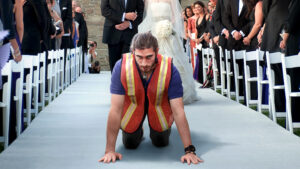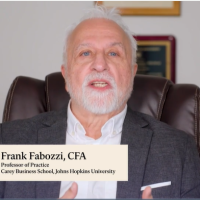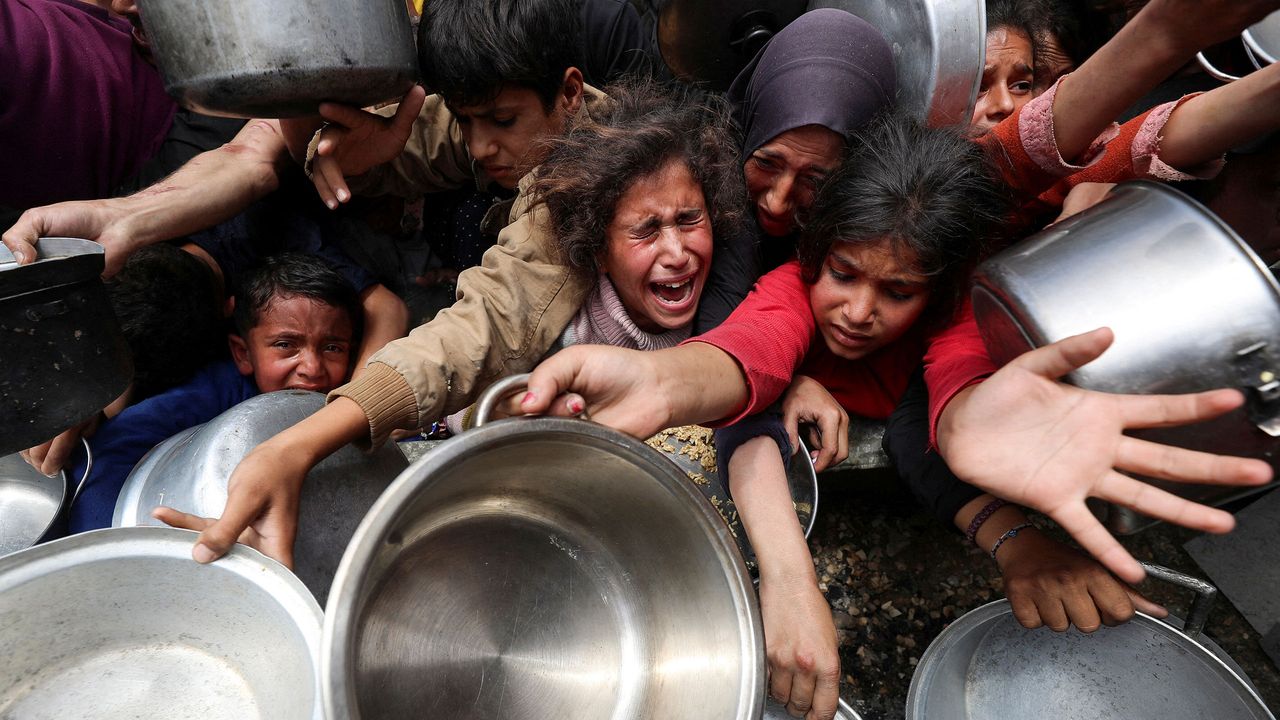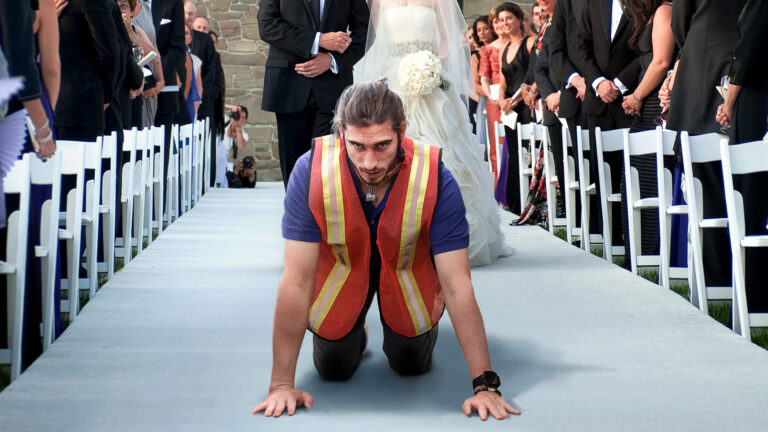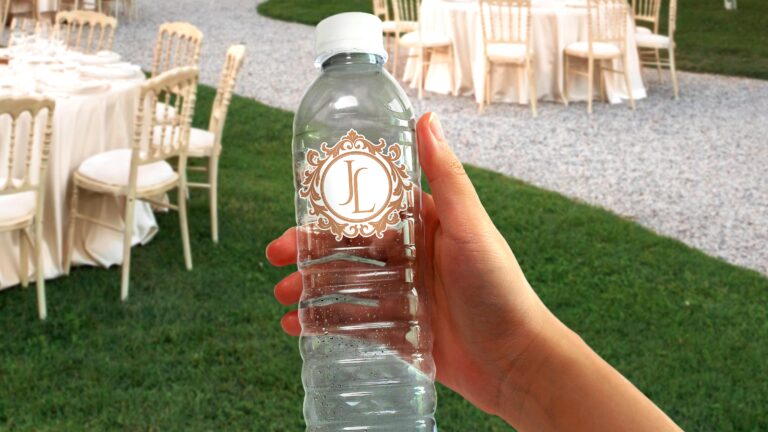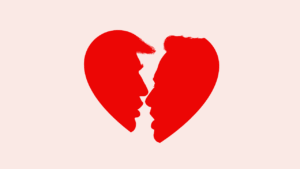On May 15th, from our home in Syracuse, New York, my wife, Maram, and I video-called her family in Beit Lahia, the city in northern Gaza where we both grew up. They were eating a small meal of plain white rice. “That’s the only type of food we’ve had for weeks,” her father, whom I call Uncle Jaleel, said. On a normal day, a similar quantity of rice would have fed about two people, but, for seventy-five days, Israel had not allowed any trucks of food into Gaza. This meal would have to feed Maram’s parents and four of her adult siblings. I could see some plates and a bowl nearby. “They have nothing in them,” Uncle Jaleel said. “We let ourselves imagine there is salad and some chicken and pickles as we chew the rice.”
Often in the past nineteen months, a situation that could hardly get any worse has gotten worse. Late that night, one of my relatives called me and said that explosions in northern Gaza sounded like the end of the world. My relatives could hear screaming, followed by more blasts. Meanwhile, my friend Sabir, who has been sheltering in southern Gaza since October, 2023, missed about ten calls because his phone had been charging. “I felt panic,” he told me. I know the feeling, because I experience it whenever my relatives call me from Gaza. When Sabir returned the calls, he learned that air strikes on his family home had killed his four-year-old nephew and his five-year-old niece. (A spokesperson for the Israeli Defense Forces said that the I.D.F. was not aware of this strike. When asked about the bombings of my relative’s neighbor’s house, the spokesperson said that the I.D.F. had conducted a strike on “terror infrastructure,” but was unaware of subsequent bombings.)
The final death toll on May 15th was a hundred and forty-three, bringing the total since October 7th to more than fifty-three thousand, according to health officials in Gaza. I can usually tell how bad the violence is based on how many of my loved ones are affected. This time, a former colleague and a friend’s father were among the dead. Many families, including some of my relatives, were forced to flee southward.
About a week later, Israel finally allowed about a hundred trucks of aid to enter Gaza. Israel’s Prime Minister, Benjamin Netanyahu, claimed on X that, since October 7th, Israel had sent ninety-two thousand aid trucks into Gaza. Much of the aid actually came from the international community, not Israel. But, even if Netanyahu’s figures were correct, that would still be less than two hundred trucks per day—far below what humanitarian organizations have said that hungry Gazans need. Before October 7th, several hundred trucks a day carried all manner of goods into Gaza. Since then, most of Gaza’s cattle have been killed, and most of its farmland has been damaged or destroyed.
Then the Gaza Humanitarian Foundation, which is staffed by private security contractors and backed by the United States and Israel, started distributing food in southern and central Gaza. Because the G.H.F. bypasses other aid organizations and coördinates with the Israeli military, much of the international community, including the United Nations, has condemned and boycotted these efforts. Earlier, on CNN, the U.S. Ambassador to Israel had said, “If you really care about feeding people, why do you care about what kind of truck takes it in there?” I could not help but ask myself, If the Ambassador and Israel really cared about feeding people, why would Israel block aid in the first place? Gazans in the north were now forced to run away from death and run toward food.
The next time Maram and I called our families, we heard more bad news. My family was subsisting on flour and white rice left over from the last ceasefire, in January, 2025. Sometimes they ate only a single meal per day. The flour had gone rancid, my sister Aya told me, so she wore a mask when making bread. But the taste of it was even worse than the smell.
The husband of one of my sisters told me that two nephews, Abdullah and Mostafa, had recently set out with their friend Fadi for Beit Lahia. Israel had previously issued evacuation orders for much of northern Gaza. My brother-in-law said that Abdullah, twenty-four, was gathering mint and zucchini in the back yard of their house when an Israeli quadcopter dropped a bomb and killed him. Another bomb killed Fadi, who was sixteen. Mostafa, twenty-one, survived to tell his story only because he went into a neighbor’s house, where a third bomb knocked him out and nearly severed his leg. When he woke up, he dragged himself out of the rubble and crawled to al-Tayyeb Wedding Hall—the place where I got married eleven years ago. Finally, bystanders brought him to al-Shifa Hospital. (The I.D.F. again said that it had destroyed “terror infrastructure” that day.)
When we reached Maram’s mother, whom I call Aunt Iman, via video call, she looked tired and thin. She was now in Gaza City, living in a tent on the street with Maram’s siblings. We could hear digging in the background. “Your Uncle Jaleel is hammering at the asphalt,” she told us. I was shocked when she explained why: they were burning it to cook food. “We ran out of wood and paper,” Aunt Iman said. “The asphalt contains petroleum.” Her skin looked dark from exposure to heat and soot.
I asked her if they had received any food recently. “Nothing at all,” she told me.
“Not even from the Gaza Humanitarian Foundation?”
“Nothing,” she said.
Soon, Palestinians started to be killed near the G.H.F.’s aid-distribution sites. On May 27th, thousands of starved people stormed one such site in Rafah, near Gaza’s southern border with Egypt, leading G.H.F. workers to withdraw. Israeli soldiers and tanks, stationed nearby, opened fire. Days later, on June 1st, my neighbor Saleem al-Ghandour told me that he’d seen Israeli forces open fire on aid seekers again, this time at another aid site in the Netzarim Corridor. “It looked like all of Gaza was there,” he told me. “Death was very close to us, because of the intense shelling around us and the gunfire from Israeli soldiers.” No one received food that day, he said.
Videos of the aftermath began to appear online. I came across one that featured another neighbor, a thirty-five-year-old father of five named Mohammad Salem, in a hospital bed. In the video, he describes how, on the morning of June 1st, Israeli forces also shot aid seekers near the Rafah site. “If I had any food in my tent, I would never have left for Rafah,” he says. “But I have two babies, who were born during the war.” When I called him at the hospital, he told me that he was recovering from a bullet wound in his foot.
A twenty-four-year-old with a law degree, who asked me not to use his full name, wrote to me on social media, saying that he had witnessed the gunfire in Rafah. “It was coming from more than one direction,” he later told me, over the phone. He’d arrived at the distribution site at 6 A.M.—too late to receive any aid. When the shooting started, he said, the crowd was so large that not everyone could drop to the ground, and many were shot in their upper bodies. Yet some of his fellow-Gazans were so desperate that they still wanted to advance toward the distribution center and search for food.
During the past two weeks, Gazan authorities and medical workers have reported that dozens of Palestinians have been killed, and many more injured, at G.H.F. sites. A spokesperson for the foundation disputed the way that the events of May 27th have been reported, but did not go into further detail; the I.D.F. spokesperson said that “I.D.F. troops fired warning shots in the area outside the compound.” Regarding the incidents on June 1st, the I.D.F. told The New Yorker that it “did not fire at civilians while they were near or within the humanitarian distribution site,” but added that about a kilometre away, “warning shots were fired toward several suspects who advanced toward the troops.” It did not specify whether this was in reference to the site in Rafah or the one in the Netzarim Corridor.
When I read the news and watch videos of aid seekers being killed, I think about what some Israeli leaders have said about the future of Gaza. In November, 2024, Brigadier General Itzik Cohen remarked that his unit would not bring humanitarian aid to the northernmost part of Gaza, since, according to him, there were not that many people in the region anymore. “No one is returning to the northern area,” Cohen said. (The I.D.F. later distanced itself from his remarks, but appointed him to the head of the Operations Directorate and announced that he was being promoted.) The following month, Moshe Ya’alon, a decorated former defense minister, accused Israel of ethnic cleansing in northern Gaza. More recently, Israel’s far-right national-security minister, Itamar Ben-Gvir, said that “the only aid that ought to enter Gaza should be for voluntary migration.” Its culture minister, Miki Zohar, has talked about annexing land there, unless Hamas cedes power and releases its remaining hostages. Recent polling suggests that a majority of Jewish Israelis support the expulsion of Palestinians from Gaza.
I worry that Israel’s latest escalation, as well as the G.H.F.’s approach to aid distribution, serves these ends. James Elder, a UNICEF spokesperson, said that if aid hubs are available only in southern Gaza, they will force Gazans to make a choice between displacement and death. “Humanitarian aid should never be used as a bargaining chip,” Elder told journalists in Geneva. To reach a G.H.F. distribution center, my own family in Gaza might need to walk seven miles to the Netzarim Corridor or thirty miles to Rafah, after weeks of eating very little. And how would they ever carry the supplies back? For the G.H.F.’s efforts to be called humanitarian, they would need to reach every city, town, and refugee camp in the Gaza Strip. They would need to deliver nutritious food to mothers, children, and sick people every day. They would need to take place far from any soldiers and weapons.
Uncle Jaleel, who is fifty-five, is losing his hearing. He developed a serious ear infection in December, 2024, when he was besieged inside Kamal Adwan Hospital, and he was bedridden for ten days with fever last month. His family now needs to use sign language to communicate with him. Aunt Iman, who is forty-eight, is having respiratory issues from breathing in fumes from burning asphalt and plastic. Yet they are both staying away from G.H.F. distribution sites. “We don’t want to see our children killed while they try to get food,” Aunt Iman told me.
On June 3rd, she described life in their white plastic tent, which is stabilized with pieces of concrete. “A day feels like a year,” she told me. “Uncle Jaleel goes out mainly to look for nylon and cloth to make fire and cook food. The children go out to fill up buckets of water, when there is a water truck, and to search for soup kitchens.” They had not found any, she said.
During a recent call with my friend Sabir, he asked me how I was able to spend so much time on the phone with him. I explained that my phone plan allowed me to make unlimited international calls. “Please, Mosab, call me every day,” he told me.
I first met Sabir at a barbecue in the fall of 2021. At the time, I taught English at a school in Beit Hanoun. Sabir taught Arabic at a school in Jabalia camp. He loved to read, and I loved to write. Sometimes I read him my work over the phone. We also liked to play Uno together. Not long ago, I reminded him of our games, and he told me that he’d forgotten how to play. But he said that maybe, if he could find an hour of internet access, he would download the Uno app, refresh his memory, and play with me.
Sabir has two children, a three-year-old boy and an eight-month-old girl. His daughter is suffering from amoebic dysentery, but for four months she has had no medication. Sabir also struggles to find diapers, and he told me that the food shortages are worse than he’s ever seen. In the past, he said, “those who were in the north starved more than us . . . but now everyone is starved.” During another call, he told me that he was so weak that he’d fallen twice while trying to carry a bucket of water.
I asked him what I could do to help. Nothing, he said—unless the U.S. wanted to fly an F-16 to Gaza, bomb his tent, and end his suffering.
I had to hang up before I started crying. I did not want Sabir to hear me cry. He should be the one crying.
On June 4th, the U.N. Security Council voted on a draft resolution calling for an end to restrictions on aid, the release of all hostages, and a ceasefire in Gaza.The United States vetoed it even though every other member state—including Russia, China, France, and the U.K.—voted in favor. That same day, I reached out to Sabir. At first, he missed my call because he was in a crowd, running after a truck of flour on Salah al-Din Road. “By the time I arrived, the truck was empty,” he said, after he called back. In the stampede, someone fell and was crushed to death. “It happens every time,” Sabir told me.
When we spoke the next day, it was 12:30 A.M. in Gaza. Sabir’s wife and kids were sleeping next to him, but he could not close his eyes. I asked him if he’d ever slept while hungry. “For a month,” he told me. “I slept, and my stomach wanted food.”
“What about the kids?”
He and his wife had denied themselves food so that the kids could eat, he said. That was why he wanted me to call him every day. He wanted to speak out and express his anguish and hunger. Maybe this would lessen the pain. This was also why I wrote—because of the pain of my family, of my wife’s family, of my friend Sabir. I’m compelled to share these injustices, because they need to stop.
What Sabir wants is food, medicine, diapers, and a decent home rather than a tent. He wants what all Palestinians want—not to line up for aid packages, not to fight over flour, but to eat the foods that our own hands grow. Uncle Jaleel is a farmer. He used to bring us strawberries, corn, and onions. My parents would give him oranges, peaches, and mangoes from our yard. It is time for Palestinians to enjoy self-determination, and to live safely in our homeland.
Earlier this year, during the ceasefire, Sabir collected ninety cans of fava beans. His family was now down to the last one, he told me. Before we spoke, Sabir had gone searching for fuel to warm it up. “While I was looking for nylon to make fire, I found that some people were cooking lentil soup for anyone who came by,” he told me. That small gift had helped his family extend their rations by one day.
The next day was Eid al-Adha, a Muslim holiday that is typically marked by feasting. Sabir asked me what I was doing to celebrate. “I do not think I should tell you,” I said. “I know it will make you sad, hearing my plans.”
“Everyone is sad,” Sabir told me. “I see that in people’s faces.” He and his neighbors just wanted to have a normal day, a normal Eid, for the first time in more than a year and a half. Instead, his family would share their last can of fava beans. ♦
